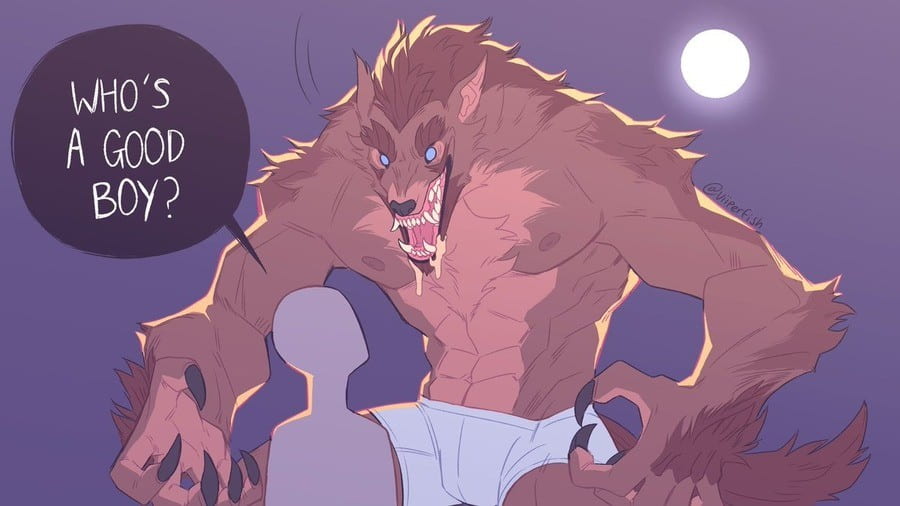
For those of you unable to attend the Politics and Horror Conference set up by Madelyn Schoonover and/@ the University of Stirling, it was a really engaging conference with some excellent papers – we are looking to get a review of the conference set up soon, but in the meantime – here’s the programme list of contributors and a link to the Keynote Video Essay provided by Dr Darren Elliott-Smith entitled: ‘QueerWolves, and Wolf-Girlz and Were-Bears… Oh My !’
Abstract:
‘Queer-Wolves and Wolf-Girlz and Were-Bears, Oh My!’: Queering the Wolf in New Queer Horror Film and TV.
The horror film’s representation of the ‘Other’ has long been understood to be a symbolic representation of social ills, anxieties and unease. Non-normative sexuality is often chief among these concerns and the threat that queer, gay and lesbian sexualities pose to an ‘assumed heterosexual’ spectator. In my previous research (Queer Horror Film and Television (2016)) I have argued that the study of monstrous homosexuality in the horror film has also revealed the celebratory pleasures offered to queer, gay and lesbian viewers’ oppositional identification with the very same monsters that threaten the norm. Yet, the vast majority of such studies have to first make the leap of reading the symbolic homosexual potential of the films’ monsters; few consider the explicit presentation of gay villains and victims alike. In departing from the analysis of the ‘out’ queer monster as a symbol of heterosexual anxiety and fear, this study moves the discussion forward to focus instead on the anxieties within gay subcultures.
In particular, the emergence of the werewolf figure allows for both a celebration of the shared Otherness felt by marginalised sexualities via ‘hirsute empowerment’ or a ‘furry protest’, but also a complex negotiation of the shame felt in associations with such monstrousness. These range from: the emasculating stigma of the shameful feminine associations felt by the queer male subject, to complex re-configurations of masculine-femininity, menstruation and queer female desire as embodied in the ‘transforming’ werewolf.
This chapter also develops Barbara Creed’s (Phallic Panic! 2005) re-reading of Freud’s ‘Wolf Man’ case from The History of an Infantile Neurosis (1918) whereby she intimates that in ‘werewolf films the male body is rendered feminine and uncanny—animal hair sprouts, flesh changes shape…’. (151–2). It does this in relation to other queer interpretations of the Wolf Man case (Leo Bersani, 1993) and recent Queer Horror film and television works that feature the queer-identified werewolf such as satirical horror film and television titles as: The Curse of the Queerwolf (1987), I Was A Teenage WereBear! (2011), The Wolves of Wall Street (, 2002) and queer oriented Gothic soaps like Teen Wolf, True Blood and The Lair (2007-2009), and via more serious depictions of queer-wolf isolation and longing for companionship in The Wolves of Kromer (2000), Der Samurai (2014), and Good Manners (2017). This chapter will argue that the existence of the werewolf in the Queer Horror sub-genre is one that allows for a paradoxical celebration of repressed homosexuality; and a ludicrous disavowal of problematic gender tropes for the queer spectator.
 Loading...
Loading...
For further information contact us at the Gender Studies Research Group blog.
Best wishes,
Darren